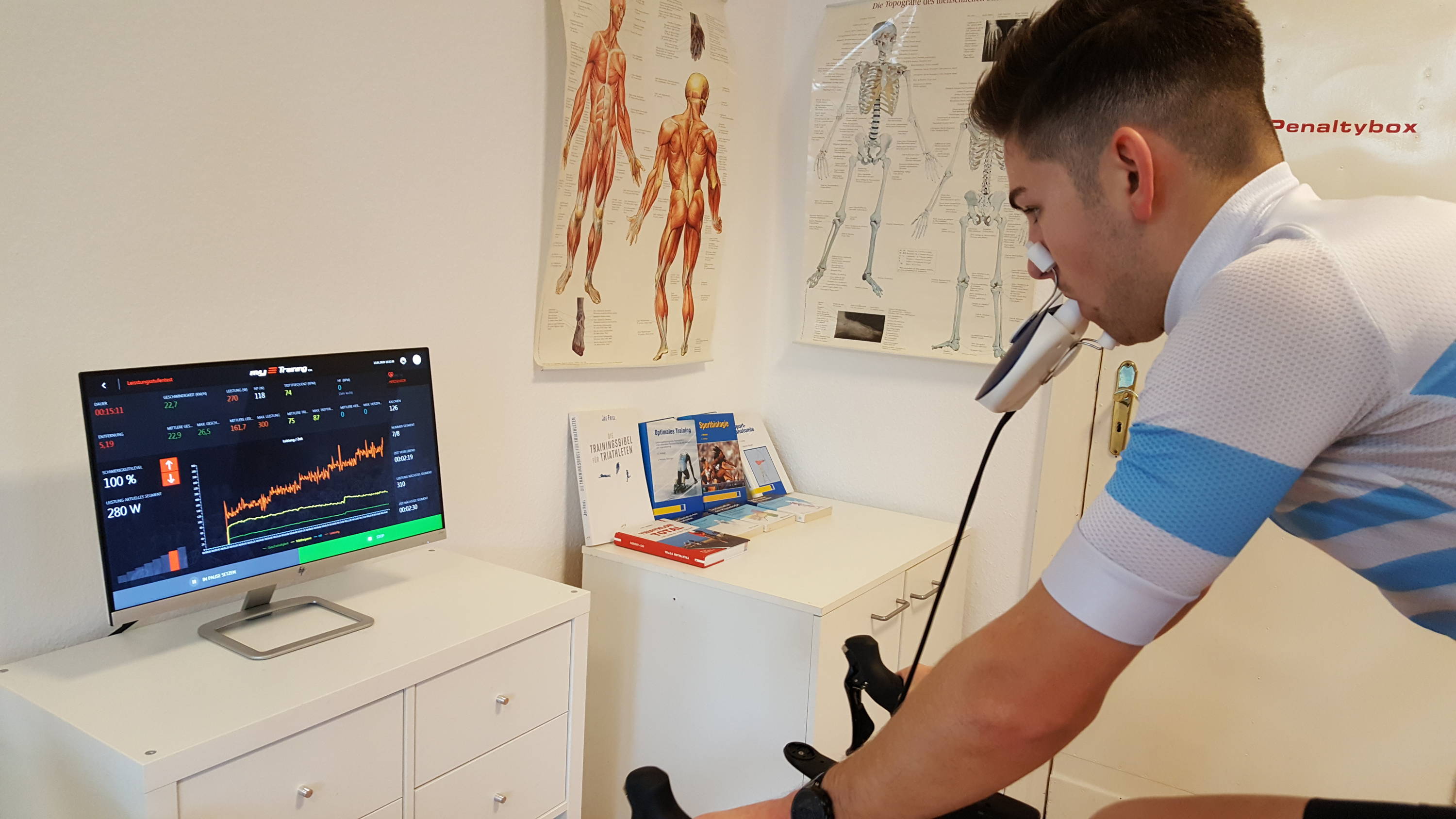Anaerobic threshold, steady state, fixed 4mmol threshold, individual threshold, Dickhuth threshold, … triathlon.de clears up the confusion of terms and explains the sports science background of lactate thresholds.
lactate in balance
The anaerobic threshold is determined by measuring lactate during performance diagnostics. It is intended to show where the endurance limit of an athlete lies and serves as a basis for determining individual training areas. The long-term performance limit of an athlete is at the point at which there is still a dynamic balance between lactate formation and breakdown in the body. This point is also known as the maximum lactate steady state (MaxLASS).
Elaborate measurement?
However, if you want to determine the MaxLASS precisely, you have to carry out several continuous stress tests in the area of your threshold performance in order to measure the stress level at which the lactate values remain stable after an initial increase and from when the lactate continues to increase over the duration of the stress (30 minutes). Determining the MaxLASS is therefore very complex and time-consuming.
4mmol is average?
However, sports science knows how to help itself and has developed simpler ways in studies to at least approximately determine MaxLASS. The 4mmol threshold was first developed by Mader in 1976. In a study, Mader found out that in a step test on the treadmill (step duration: 5 min / step height: 0.4 m/s) the average performance with a lactate value of 4mmol corresponded to the MaxLASS of the athletes.
Individual is better?
In training practice, however, it was found that the fixed 4mmol threshold was only suitable for athletes with low endurance capacity. For this reason, numerous individual threshold concepts have been developed. These individual thresholds are determined using a specific mathematical procedure and are intended to better reflect the MaxLASS individually. The individual threshold concepts include the Keul threshold (determination of a tangent slope on the lactate performance curve), the Stegmann threshold (determination of the maximum rate of lactate degradation in the post-exertion phase) and the Dickhuth threshold (determination of the first increase in lactate + 1.5mmol/l).
Test conditions are crucial?
There is no clear answer as to which lactate threshold concept is best. Individual factors such as endurance capacity, muscle composition and type of sport can play a role in determining which threshold concept is most suitable for an athlete. In addition, it plays a major role which step protocol is used in performance diagnostics. A longer step duration or a rapid increase in load can lead to completely different results. In a re-test, care should always be taken to ensure that the test conditions are identical.
Any more terms?
To add to the confusion of terms about lactate thresholds, other terms such as onset of blood lactate accumulation (OBLA) or lactate turnpoint (LT) can be found in the Anglo-American literature. Basically, however, these terms are similar to the lactate threshold concepts described above.
However, the term respiratory threshold, which is determined by measuring respiratory gases during spiroergometry, has a different background.
Conclusion?
Behind the lactate threshold is a complex sport scientific knowledge. The knowledge and experience of an expert is very important in order to obtain meaningful results from a lactate diagnosis on the current performance and optimal information for training.




















